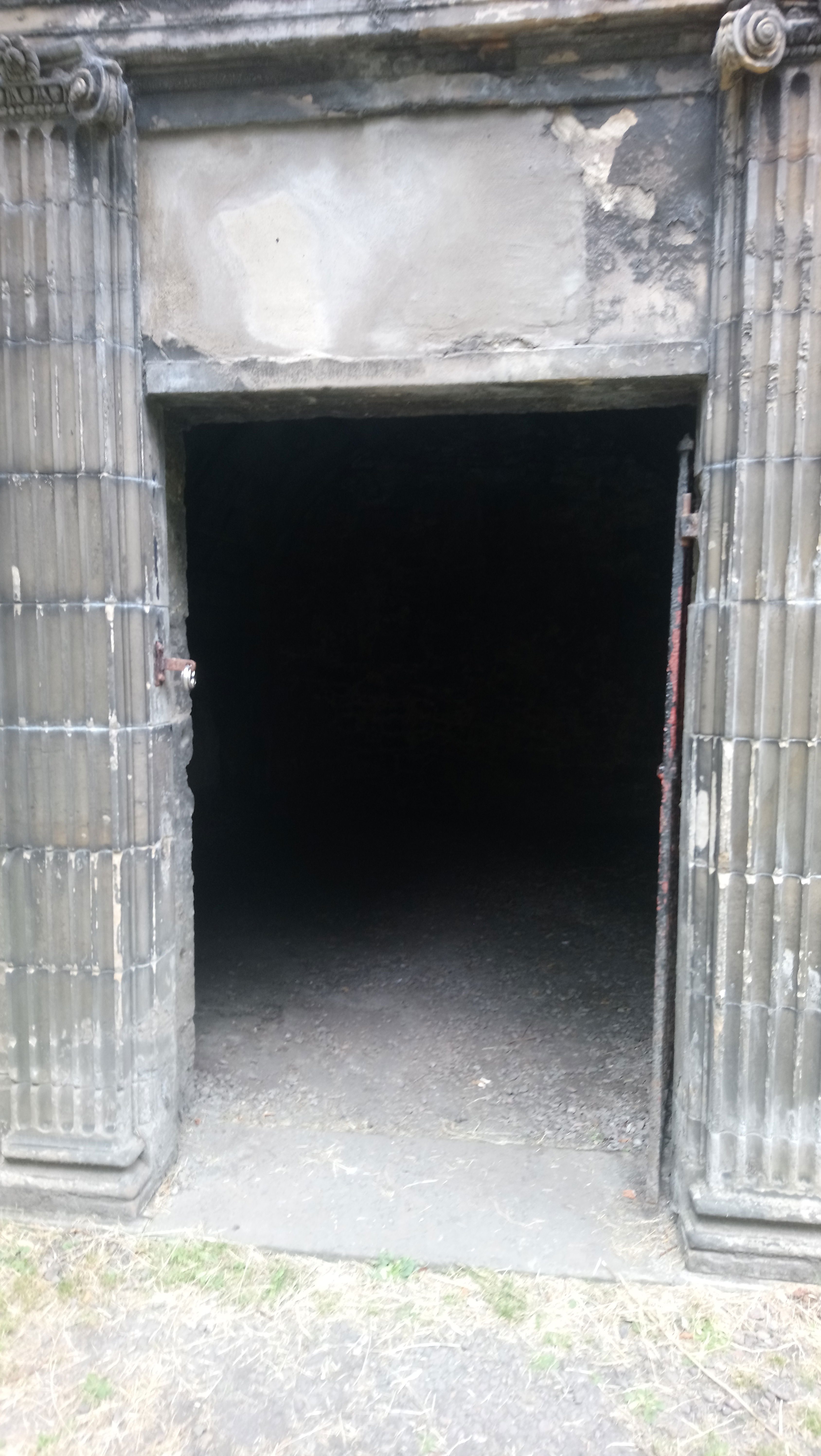WHAT ARE POLTERGEISTS AND DO THEY REALLY EXIST?
What is a Poltergeist?
The word Poltergeist is a German word which means noisy and troublesome spirit. Many believe a poltergeist is a spirit of a person who has died and returns to create havoc with an outbreak of strange activity. Others believe it is not of human origin, but a demonic entity.
What kind of activity do poltergeists create?
Poltergeists get up to lots of mischievous behaviour, most commonly:
Moving Objects, such as household items and even heavy furniture (a member of my family experienced a Welsh dresser being moved and the wrenching out of a built-in serving hatch from the wall in her home during the night. Several witnesses also saw an unplugged electric sewing machine begin to operate by itself). Objects moved by a poltergeist can hover in the air, move in zig zagging motion, or some such other ‘controlled’ way. Sometimes rocks and stones appear from nowhere and can even be hot to the touch when apparently thrown by unseen hands.

Making Noises – This might be knocking, rapping or pounding that seems to come from within the walls or around a room. Sometimes the noise can take the form of a ‘percussive’ nature (think of metal or symbols clanging). The noises often begin before other activity.
Fire and Water – Small fires have been known to start in households affected by a poltergeist. The real-life owner of City of the Dead Tours, who takes visitors to see the Mackenzie Tomb and Black Mausoleum experienced a fire in his flat, which overlooks Greyfriars. It destroyed much of the evidence he had collected about the real Mackenzie Poltergeist. Other Poltergeist victims have reported puddles of water appearing from nowhere in the middle or a room, or unaccountably pouring from the walls, where there are no pipes located.
Physical Attacks – this is a common theme with the Mackenzie Poltergeist who reputedly leaves scratch marks and bruises on its victims. Sometimes it has even been known to knock visitors to the Black Mausoleum out cold and there are rumours of people suffering broken limbs in the tomb. The Covenanters’ Prison was locked to the public following frequent calls to the ambulance services when visiting. Now only staff from City of the Dead Tours have access to the keys and you can only visit when accompanied by them. Bite marks and pinching are other popular Poltergeist pastimes.
 |  |
Injuries allegedly caused by the Mackenzie Poltergeist - courtesy of City of the Dead Tours Facebook Page
Demonic Possession – some believe that poltergeists are demons, evil supernatural beings that were never human. These may be particularly powerful creatures that have been reported as ‘possessing’ humans, causing them sickness, pain and torment. Those possessed may be capable of great strength and violence towards others.

Photo courtesy of Pixabay
A ghost in the machine – Poltergeists have been reported as taking over computers to leave other worldly messages, sending email messages out from the victim’s mailbox, sometimes even in different languages. (If you read my article ‘Only Talking to My Dog Today’ you can see that my dog, Smudge, although by no means a poltergeist, appeared to be sending me messages by computer shortly after he died. There is no doubt, that if he was in some way responsible, it certainly wasn’t to frighten me, but to let me know he was still there and to make me less sad).
Do Poltergeists Haunt you Forever?
Parapsychological research suggests that poltergeist activity usually only lasts for a few months and then stops as suddenly as it begins. Most poltergeists focus on a person, and might even follow that person out of their home. Some, like the Mackenzie Poltergeist may be focused on a place, such as the Covenanters’ Prison in Greyfriars Kirkyard.
Who do Poltergeists Visit Most?
Earlier research during the 1970s suggested that the focus of poltergeist activity were typically females, however, more recent studies suggest it is more or less equal between females and males. The earlier studies might have been inaccurate because there were fewer males willing or available to provide information. Typically, poltergeist victims are in their early teens, in any case, largely under 20 years old, although there have been reports of activity from people much older as well. Research suggests that younger people who are troubled, perhaps becoming rebellious or suffering from emotional turmoil are often the focus for poltergeist activity.
Are Poltergeists Real?
The activity experienced by people can certainly be real, however, whether it is truly something supernatural is open to question. Other explanations might include:
Fraud – or more likely, pranks being carried out by the young person. Children and young people love to play jokes on others in the family and can be very skilled at it! Although there have been many poltergeist cases investigated, some more recent ones have been explained as trickery. Investigators’ techniques have improved and experiments can be more controlled than in earlier times, when many cases were accepted as poltergeist activity. Cases of trickery, however, are still rare, according to research.
Over Imagination – Some people have wild imaginations that can make them believe that completely natural (even if slightly unusual) things happen. Scurrying mice and rats can sound like something really creepy when they’re unseen, maybe behind a wall, or in an attic. Rapping and screeching noises can come from pipes and heating systems; the gradual movement of a house’s foundations or a slight earthquake tremor can cause objects to move. I recall, as a teenager, waking, terrified one night to find my bed being shaken at our family home near Glasgow. I was convinced it was a ghost and yelled for my parents to come through. I wouldn’t let my mother leave me for the rest of the night. They hadn’t experienced anything and thought I’d been reading too many ghost stories. The following morning, it was reported that there had been a minor earth tremor that had woken thousands of people who never imagined that Scotland would be the epicentre for an earthquake! If you know you are visiting a place that has a reputation for supernatural activity, you are much more likely to experience something than those who are unaware of its reputation.
Anger or Frustration – Some researchers suggest that where a person feels angry and frustrated, and are unable to communicate that built up emotion, they develop energy and may be able to exercise psychokinesis. This means the movement of objects, using the mind, or just ‘willing’ things to move. You may have heard the expression ‘mind over matter’ which is related to this. Most scientists are sceptical (or don’t believe this is possible) as there is little in the way of compelling evidence. Uri Geller, known for his spoon bending skills using only his mind might disagree, but a stage magician, James Randi has had a long standing offer of $1 million to anyone who can prove their skills. Many accept psychokinesis is possible, but remain open to be convinced.
When was the Mackenzie Poltergeist Discovered?
The site of the hauntings, the Covenanters’ Prison in Greyfriars Kirkyard has a turbulent and violent history, something which is common in ghostly tales.
The Covenanters were defending their right not to accept the English King as Head of their Church, and argued that only God could be so. The King, however, wanted to introduce the English Church to Presbyterian Scotland and battles ensued, that were lost by the protesting Covenanters. They were rounded up on the orders of Sir George Mackenzie, a lawyer and Lord Advocate for Scotland. He decided that they should be imprisoned in the open air, behind guarded and locked gates. If they agreed to the King’s wishes, they would be pardoned, however many refused. They were tortured, starved and left to live without shelter in the area designated by Mackenzie. Others were executed and many perished when being deported to the Americas when their ship sank near Orkney.
The Covenanters’ Prison, a place where so much misery had occurred was said to be haunted by the souls who suffered such pain and injustice.

The Covenanters' Prison, Greyfriars Kirkyard, Photo courtesy of Jamie Corstorphine Photography
To make matters worse, when Mackenzie died, his body was placed in the family tomb, just a few metres from the prison. It was suggested from earliest times that his spirit was angry at being placed so close to those he had killed and tortured and that his victims were equally angry at this latest indignity. From that time, people reported strange goings on in the Kirkyard.

‘A Gruesome and Revolting Offence’
In 2004, two teenagers, one a 17-year-old boy, was found guilty by a judge in the Scottish court for breaking into Mackenzie’s family tomb where he cut the head from a corpse (reputedly Mackenzie’s) and played with it, put his hand inside the skull and used it as a ‘glove puppet’. It was shortly after this incident that the Greyfriars poltergeist activity started in earnest, and visitors to the Covenanters’ Prison began to experience violent attacks.
The strange thing about the attacks is that they didn’t take place in, or near Mackenzie’s Tomb, but in the nearby ‘Black Mausoleum’ belonging to another family, inside the Covenanters’ Prison. The attacks continue to this day, with visitors reportedly suffering scratches, bruises, knock outs and bites.

The Black Mausoleum within Covenanters' Prison, where attacks on visitors regularly occur.
No-one can say for sure that the activity is caused by Mackenzie, but what is fairly certain, is that it all began after the teenage boy decided to break into the tomb, causing, apparently £10,000 of damage. No-one is permitted inside the Mackenzie Tomb, but they can go inside the Black Mausoleum when accompanied by a tour guide.
Other Famous Poltergeists
Over the years, there have been many reports of poltergeist hauntings, famously, The Battersea Poltergeist, The Enfield Poltergeist, Borley Rectory, East Drive, Pontefract.
Interestingly all but Borley Rectory focused on teenage girls. In Scotland, there are several poltergeists, the most recently reported in a house in Rutherglen, where police witnessed lights being switched on and off, lampshades being turned upside down, clothes being strewn across a room and a very small dog being levitated and placed on top of a seven-foot-high hedge!
We’ll explore more of these stories in future articles.